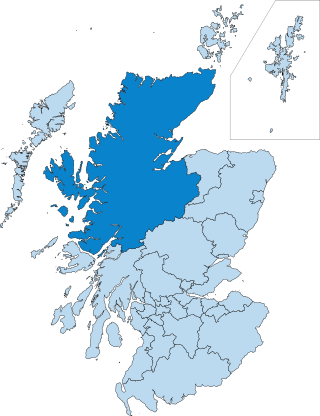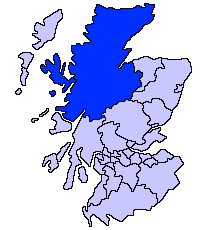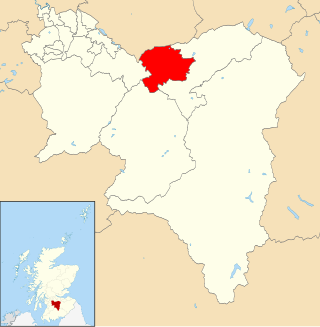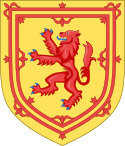
Local government in Scotland comprises thirty-two local authorities, commonly referred to as councils. Each council provides public services, including education, social care, waste management, libraries and planning. Councils receive the majority of their funding from the Scottish Government, but operate independently and are accountable to their local electorates. Councils raise additional income via the Council Tax, a locally variable domestic property tax, and Business rates, a non-domestic property tax.
The Boundary Committee for England was a statutory committee of the Electoral Commission, an independent body set up by the UK Parliament. The committee's aim was to conduct thorough, consultative and robust reviews of local government areas in England, and for its recommendations to be evidence-based, accurate and accepted. The Boundary Committee was abolished in 2010, with its functions assumed by a new Local Government Boundary Commission for England.

Bath and North East Somerset Council is the local council for the district of Bath and North East Somerset in Somerset, England.

The politics of the Highland council area in Scotland are evident in the deliberations and decisions of the Highland Council, in elections to the council, and in elections to the House of Commons of the Parliament of the United Kingdom (Westminster) and the Scottish Parliament (Holyrood). In the European Parliament the area was within the Scotland constituency, which covers all of the 32 council areas of Scotland.
The wards and electoral divisions in the United Kingdom are electoral districts at sub-national level, represented by one or more councillors. The ward is the primary unit of English electoral geography for civil parishes and borough and district councils, the electoral ward is the unit used by Welsh principal councils, while the electoral division is the unit used by English county councils and some unitary authorities. Each ward/division has an average electorate of about 5,500 people, but ward population counts can vary substantially. As of 2021 there are 8,694 electoral wards/divisions in the UK.

The third set of Highland Council wards, 22 in number, became effective for election purposes in 2007, for the fourth general election of the Highland Council. The new wards were created under the Local Governance (Scotland) Act 2004, and are as defined in recommendations of the Local Government Boundary Commission for Scotland.
The Local Government Boundary Commission for England (LGBCE) is a parliamentary body established by statute to conduct boundary, electoral and structural reviews of local government areas in England. The LGBCE is independent of government and political parties, and is directly accountable to the Speaker's Committee of the House of Commons.

Midlothian Council is the local authority for Midlothian, one of the 32 council areas of Scotland, covering an area immediately south of the city of Edinburgh. The council is based in Dalkeith. Since the last boundary changes in 2017, eighteen councillors have been elected from six wards.

The Highland Council, the political body covering the Highland local authority created in 1995, comprises 21 wards, each electing three or four councillors by the single transferable vote system, which creates a form of proportional representation. The total number of councillors is 74, and the main meeting place and main offices are at the Highland Council Headquarters in Glenurquhart Road, Inverness.
The Local Government Boundary Commission for England (LGBCE) was the statutory body established under the Local Government Act 1972 to settle the boundaries, names and electoral arrangements of the non-metropolitan districts which came into existence in 1974, and for their periodic review. The stated purpose of the LGBCE was to ensure "that the whole system does not get frozen into the form which has been adopted as appropriate in the 1970s". In the event it made no major changes and was replaced in 1992 by the Local Government Commission for England.

Elections to Cumnock and Doon Valley District Council were held on 7 May 1992, on the same day as the other Scottish local government elections. This was the final election to the district council which was abolished in 1995 along with Kilmarnock and Loudoun District Council and replaced by East Ayrshire Council following the implementation of the Local Government etc. (Scotland) Act 1994. The regional council, Strathclyde was also abolished and the new unitary authority took on its responsibilities.

Elections to Kilmarnock and Loudoun District Council were held on 7 May 1992, on the same day as the other Scottish local government elections. This was the final election to the district council which was abolished in 1995 along with Cumnock and Doon Valley District Council and was replaced by East Ayrshire Council following the implementation of the Local Government etc. (Scotland) Act 1994. The regional council, Strathclyde was also abolished and the new unitary authority took on its responsibilities.

Clydesdale West is one of the 20 electoral wards of South Lanarkshire Council. Created in 2007, the ward elects four councillors using the single transferable vote electoral system and covers an area with a population of 19,350 people.

Clydesdale North is one of the 20 electoral wards of South Lanarkshire Council. Created in 2007, the ward elects three councillors using the single transferable vote electoral system and covers an area with a population of 14,726 people.

Clydesdale East is one of the 20 electoral wards of South Lanarkshire Council. Created in 2007, the ward elects three councillors using the single transferable vote electoral system and covers an area with a population of 13,165 people

Cambuslang West is one of the 20 electoral wards of South Lanarkshire Council. Created in 2007, the ward elects three councillors using the single transferable vote electoral system and covers an area with a population of 14,096 people.
The first elections to South Lanarkshire Council were held on 6 April 1995, on the same day as the 28 other Scottish local government elections. The council was created from the former Clydesdale, East Kilbride and Hamilton district councils plus the four wards of the City of Glasgow District Council in Rutherglen and Cambuslang and assumed some of the responsibilities of the former Strathclyde Regional Council following the implementation of the Local Government etc. (Scotland) Act 1994.

The fifth set of Highland Council wards, 21 in number, became effective for election purposes in 2017, for the fifth general election of the Highland Council. The new wards were created under the Local Governance (Scotland) Act 2004, and are as defined in recommendations of the Local Government Boundary Commission for Scotland. The commission's report includes maps of the new wards
Generally, descriptions above are inferred from the maps.
Patna and Dalrymple was one of 32 electoral wards of East Ayrshire Council. Originally created in 1974, the ward was initially within Cumnock and Doon Valley District Council before the local government reforms in the 1990s. The ward elected one councillor using the first-past-the-post voting electoral system.
Muirkirk, Lugar and Logan was one of 32 electoral wards of East Ayrshire Council. Originally created in 1974 as Lugar, Logan and Muirkirk before being renamed in 1999, the ward was initially within Cumnock and Doon Valley District Council before the local government reforms in the 1990s. The ward elected one councillor using the first-past-the-post voting electoral system.












